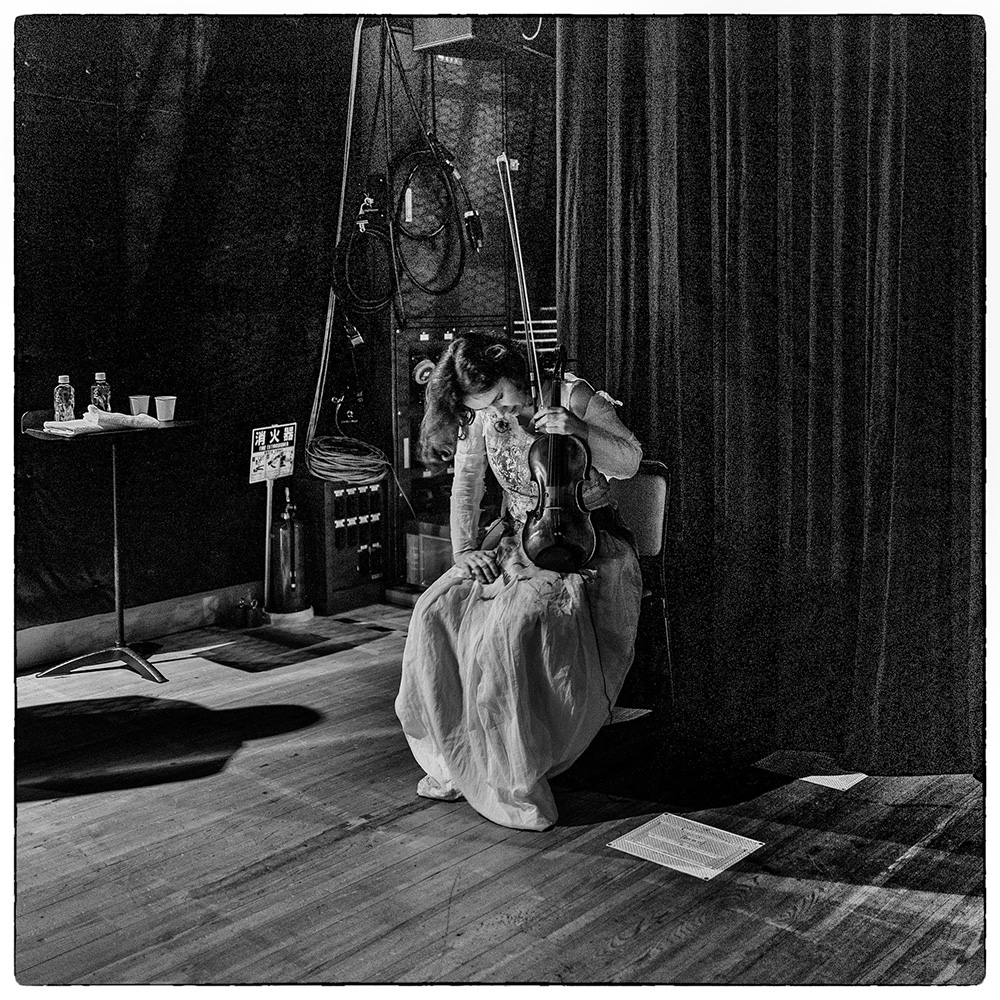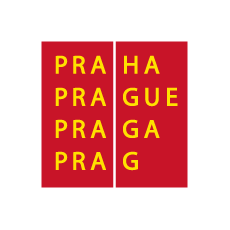Time & Eternity
Programme
- John Zorn: Kol Nidre
- Karl Amadeus Hartmann: Concerto funèbre for Violin and String Orchestra
- Johann Sebastian Bach: selection of chorales
- Guillaume de Machaut: Kyrie from Messe de Notre-Dame
- Frank Martin: Polyptyque for Violin and Two Small String Orchestras
- Luboš Fišer: Crux for violin, timpani and bells
Performers
- Patricia Kopatchinskaja – concept, violin, direction
- Camerata Bern
- Wieslaw Pipczynski – accordion
- Beata Würsten – voice
- Sarah Würsten – voice
- Monika Würsten – voice
“Something should happen in a concert. I don’t know what. But, every time, I’m expecting a miracle. I’m not very humble about this!” says Prague Spring Artist-in-Residence 2025, Moldovan-Austrian-Swiss violinist and performer Patricia Kopatchinskaja. The Guardian newspaper described what she’s like on stage, referring to her as “a coiled spring that could unwind in any direction”. PatKop, the nickname Kopatchinskaja gives herself, astonishes her audiences, not only when she walks onstage barefoot, but also with her imaginative, almost fanciful performances, such as Everyday Non-sense, Dies Irae, a response to the climate crisis and displacement, Bye-Bye Beethoven, Kafka Fragments and the Neo-Dadaist opera production Vergeigt. The recording of her own original project Death and the Maiden won a prestigious Grammy award in 2016. The exceptional talent of this artist is also reflected in numerous residencies at such institutions as London’s Southbank Centre and Barbican Centre, Vienna’s Konzerthaus, and the Elbphilharmonie, and in her collaboration with some of the world’s finest orchestras, including the New York Philharmonic, the London Symphony Orchestra, the Royal Concertgebouw Amsterdam and the Berlin Philharmonic, where she was Artist-in-Residence and appeared with them alongside Chief Conductors Sir Simon Rattle and Kirill Petrenko. Not only is Kopatchinskaja a violinist, singer, actress, and professional composer, but she has also become an assiduous and highly successful promoter of contemporary music since, as she states herself: “Of course, you read today’s (and not yesterday’s) papers.” She works with composers such as György Kurtág, Michel van der Aa, Márton Illés, Thomas Larcher and Esa-Pekka Salonen, and she is also Artistic Partner of the SWR Experimental Studio, one of the most important international research centres in the field of electronic music.
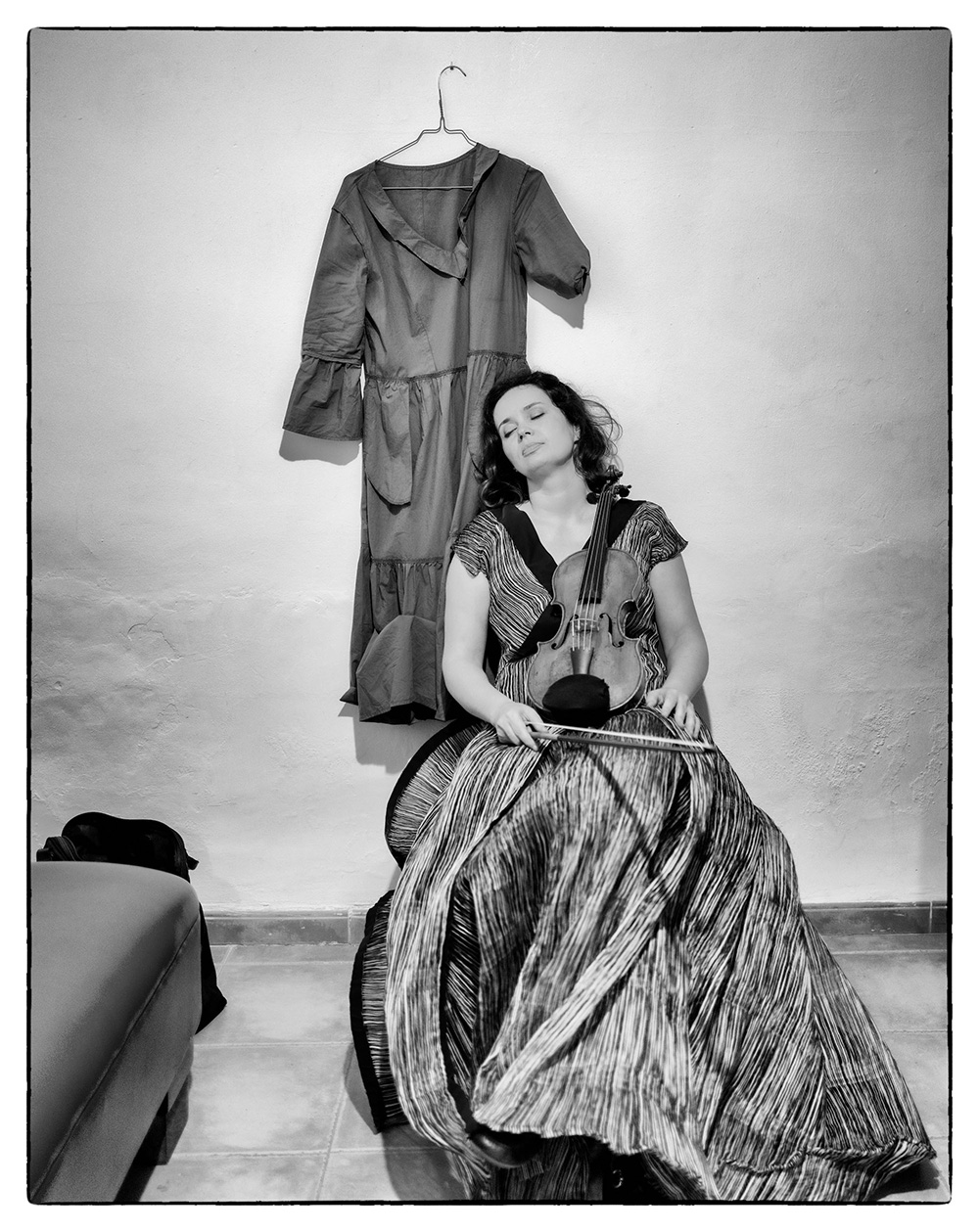
Patricia Kopatchinskaja was given her first violin at the age of six, while the family were still in her native Moldova. When she was twelve years old they all emigrated to Vienna where, at 17, she was accepted to the University of Music and Performing Arts. At the age of twenty-one she received a scholarship to study at the Hochschule der Künste in the Swiss city of Bern, which ultimately became her second home. Her international career sky-rocketed when she won the prestigious Credit Suisse Young Artist Award in 2002. “Patricia doesn’t believe that music has to be beautiful – perhaps this is one of the things that makes her controversial – she seems to believe that music is a representation of the realities of life – from fantasy to brutality,” wrote American violinist Anthea Kreston on the slippedisc.com website. “I don’t want people sipping beer while they’re listening to Shostakovich. I want people to feel real pain, I want them to succumb to their imagination. I want to delve deeper into their souls,” Kopatchinskaja herself adds. Her three contrasting programmes at the Prague Spring, during which the music of outstanding Czech composer Luboš Fišer plays an intriguing role, will certainly appeal to anyone who’s looking to experience something far from the ordinary.
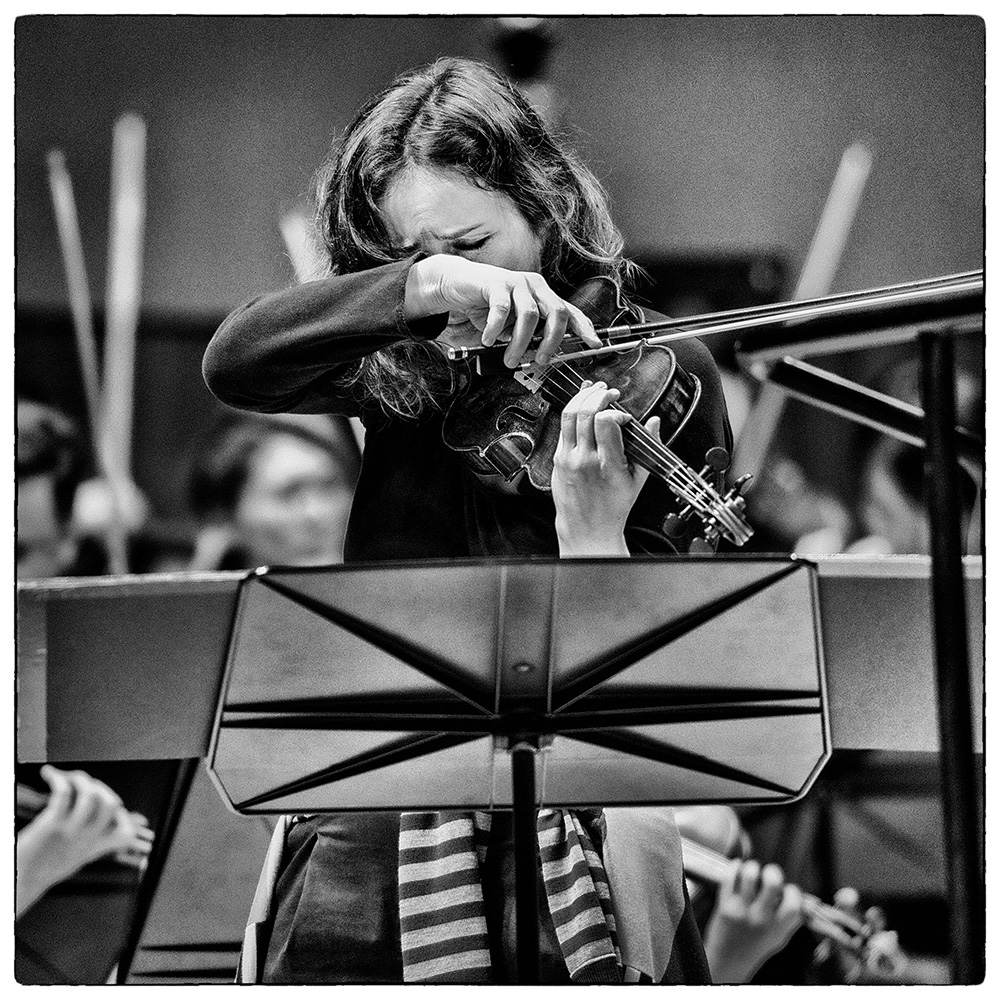
The first of the three projects at the Prague Spring 2025 bears the title Time & Eternity. It was conceived in collaboration with the chamber orchestra Camerata Bern, with whom Kopatchinskaja has been associated since 2018 as Artistic Partner. The programme takes listeners on a journey through six centuries of music and, in Kopatchinskaja’s words, was born of “the blood and tears of tortured souls. […] A strangled scream, voices muttering amid a terrified silence, the sounds of war in an improvised cadenza. It is about us, our past and our future.” The musical production, which combines instrumental music, folk singing, the medieval Mass, Bach chorales, a screening and lighting design, originated in 2018 and was published in 2019 by Alpha Classics. “Kopatchinskaja’s playing is daring in her use of extreme dynamics, sometimes down to a spidery whisper,” wrote Gramophone magazine at the time.
The principal works of the programme are Concerto funèbre by Karl Amadeus Hartmann (1905–1963), written in 1939 in response to the intensifying Nazi terror in Europe, and Polyptyque by Frank Martin (1890–1974), inspired by six paintings by the Italian artist and founder of the Sienese painting school, Duccio di Buoninsegna, depicting scenes from the Passion of Christ. Martin wrote the concerto for solo violin, unusually combined with two small string orchestras, in 1973 for violinist Yehudi Menuhin. Somewhat hauntingly, Kopatchinskaja further disrupts what is already an extraordinary composition with transcriptions of Bach chorales for string orchestra, through which she alleviates the pain present in Martin’s music. A critic writing for the website musicwebinternational.com described Kopatchinskaja’s performance in these two works, stating: “I haven’t heard these splendid 20th century scores sound better.”
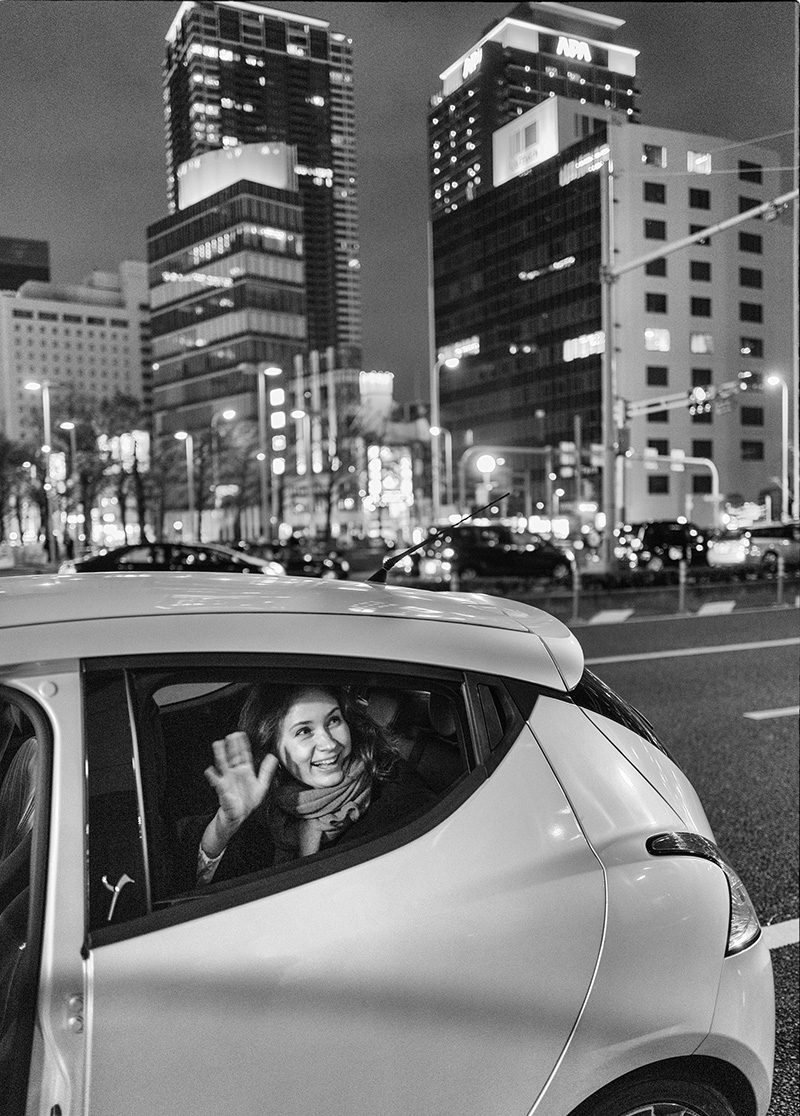
The evening will begin with Kol Nidre, a piece by American composer and multi-instrumentalist John Zorn (*1953), inspired by the Jewish prayer that opens the Yom Kippur services. A Polish folk singer sings the Jewish song Eliyahu Hanavi (Elijah the Prophet) which, incidentally, is quoted by Karl Amadeus Hartmann in his concerto. Hartmann’s Concerto funèbre also cites the melody of the Czech Hussite hymn Ye who are warriors of God – a gesture through which the composer expressed his compassion and support for the Czechoslovaks, who were betrayed after the signing of the Munich Agreement. An important part of this compellingly constructed musical mosaic is the piece by Luboš Fišer (1935–1999) Crux for violin, timpani and bells, which dates from 1970 and could be seen as a protest against the ongoing Normalisation era in the former CSSR. Luboš Fišer was fascinated by number symbolism, which is reflected in this piece as well. The prime numbers 7 and 11 appear almost continually here (the entire composition is a variation on a theme comprising eleven notes), along with multiples of the number three, which connect the numerical symbolism with spiritual mysticism. “A passionate, challenging and ultimately fascinating ʽconceptʼ album,” was how the prestigious music magazine The Strad described Time & Eternity. You will have the opportunity to hear this exceptional project live in an authentic interpretation from Patricia Kopatchinskaja and the Camerata Bern orchestra, who perform together in the Rudolfinum’s Dvořák Hall on 16 May.
